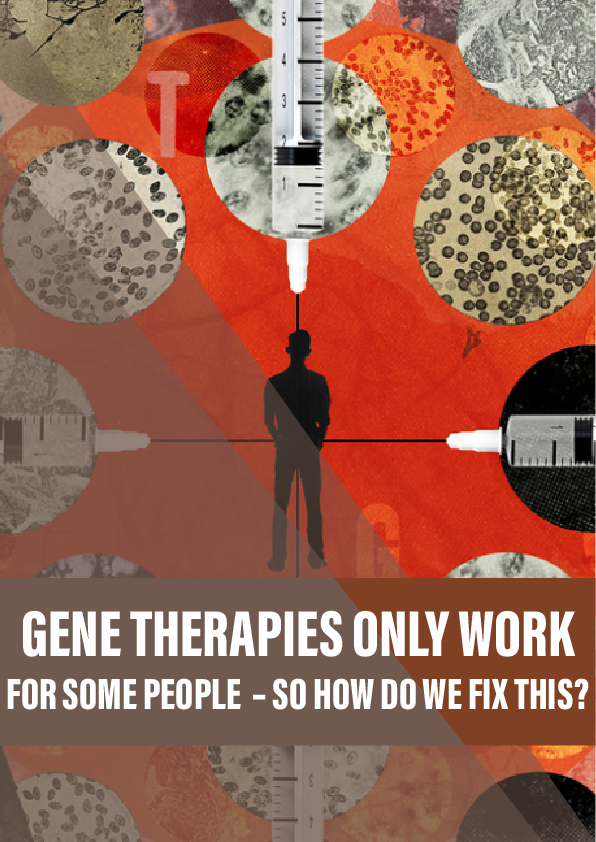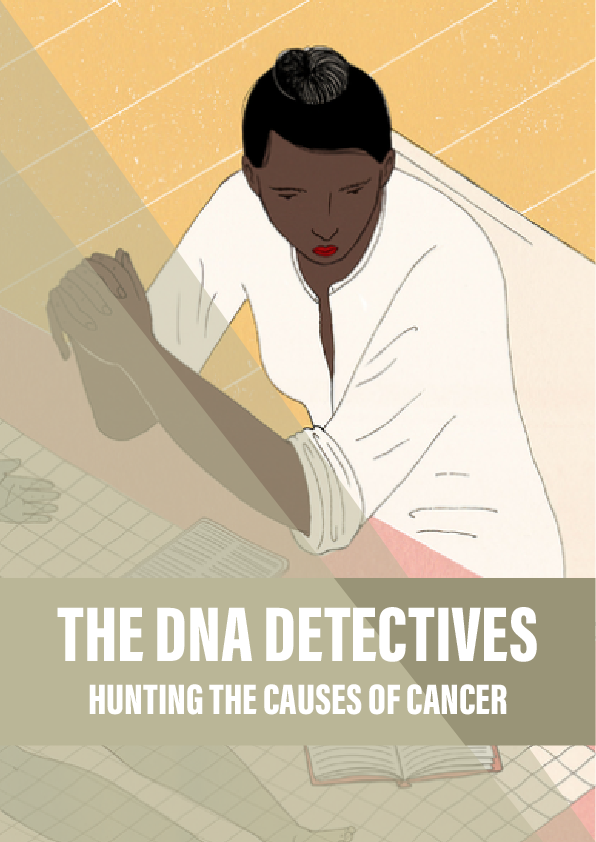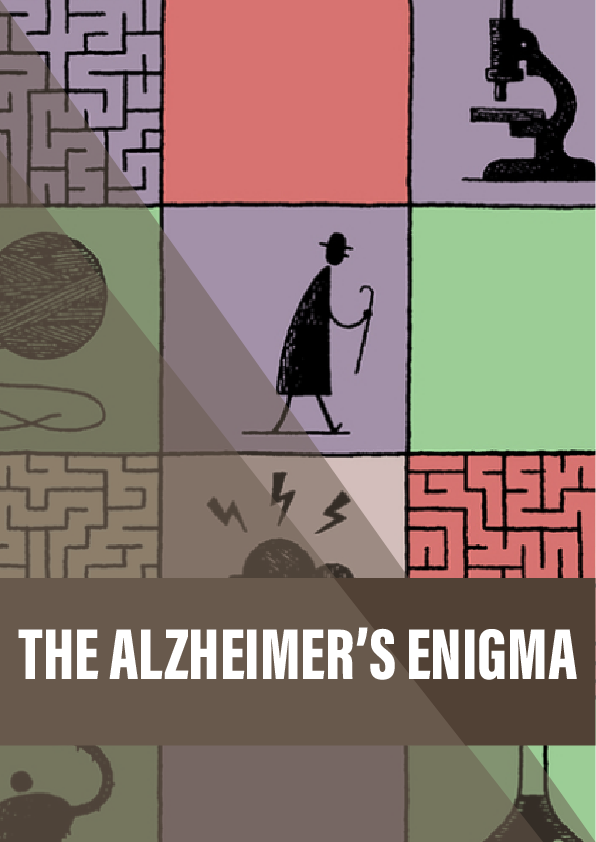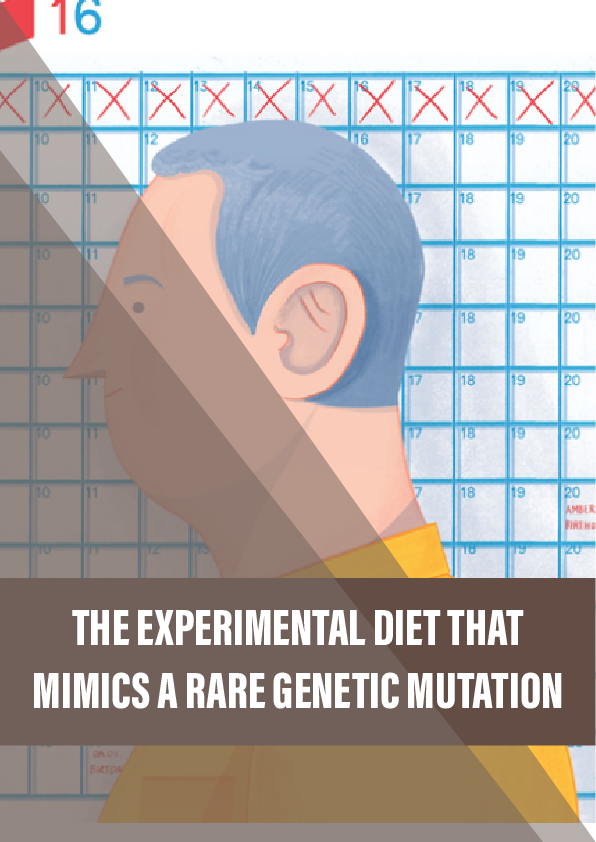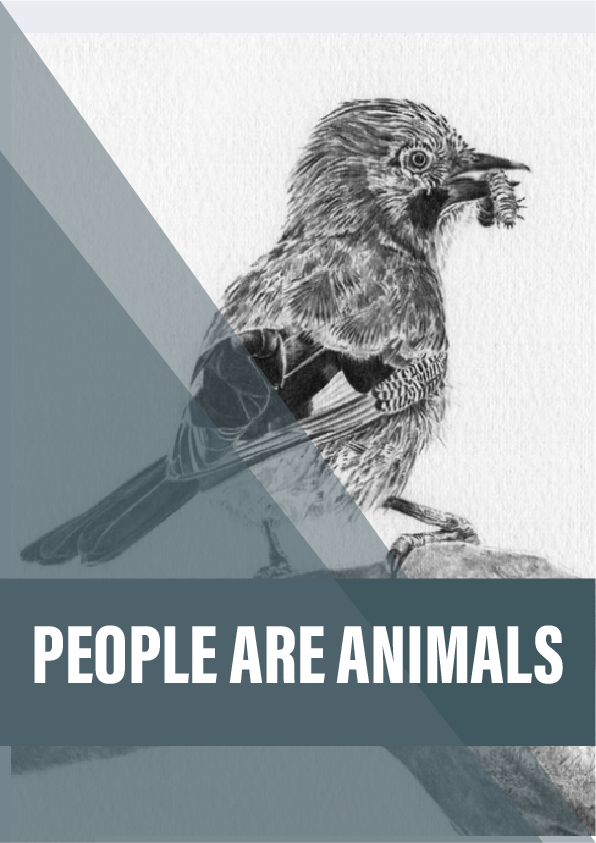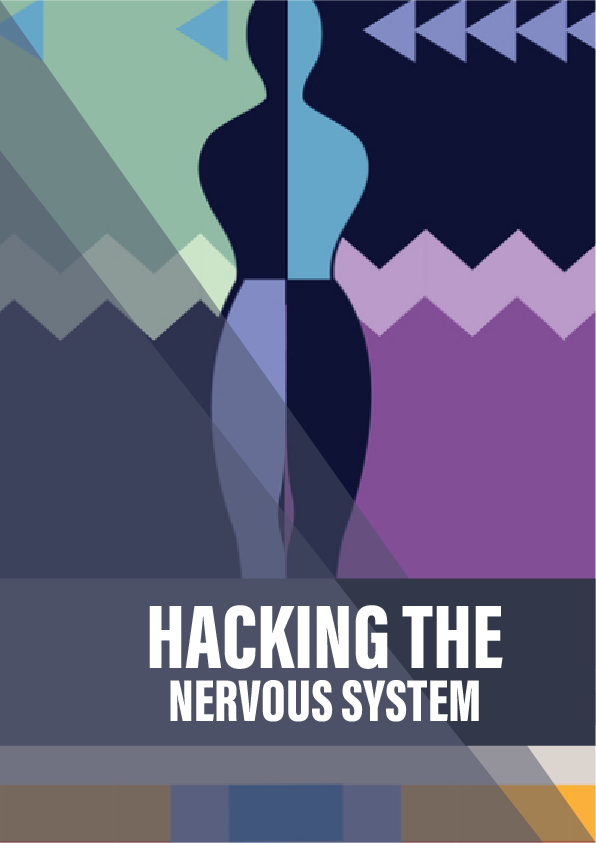Growing up in Devon in the 1980s, brothers James* and Matt* had to be careful with their antics – a cut or bruise could land them in hospital.
They have haemophilia, a genetic disease where the blood doesn’t clot efficiently due to a lack of a clotting protein. It’s plagued their family for generations. Their granny’s brother died from it, and they, their uncle and a younger cousin have long managed it by injecting the missing protein to prevent bleeds.
While haemophilia can now be managed effectively – in high-income countries at least, where medication is readily available – it can severely limit freedom and quality of life and can even reduce life expectancy. Bleeds can be triggered by minor strains that healthy people barely notice, such as from walking or lifting boxes. Blood then seeps from the capillaries and pools in the joints, causing throbbing pain and lasting damage.
Although the younger of the two at 41, Matt’s joints are the more wrecked; he can’t straighten his right arm due to eroded cartilage in the elbow, while both his ankles and his right knee are in bad shape. For James, 45, it’s worst in his ankles, which swell up and bleed after walking or standing for too long.
So when they heard about a clinical trial for an experimental gene therapy, both brothers were intrigued. Unlike the injections, the therapy might fix their haemophilia for good. It’s a simple idea: if you inherit a faulty gene, then putting a working copy into the body’s cells should fix things.
Reference:
- This explainer, published by the US National Library of Medicine, outlines what gene therapy is and how it works, and offers links to further information.
- The New England Journal of Medicine write-up of the trial Jaems took part in. The trial’s success was also covered in the Guardian.
- This Wired article plots the fall and rise of gene therapy following the death of Jesse Gelsinger.
- In this 2015 retrospective, Jude Samulski and Eric Hastie assess the progress made since the discovery of AAV over half a century ago.
